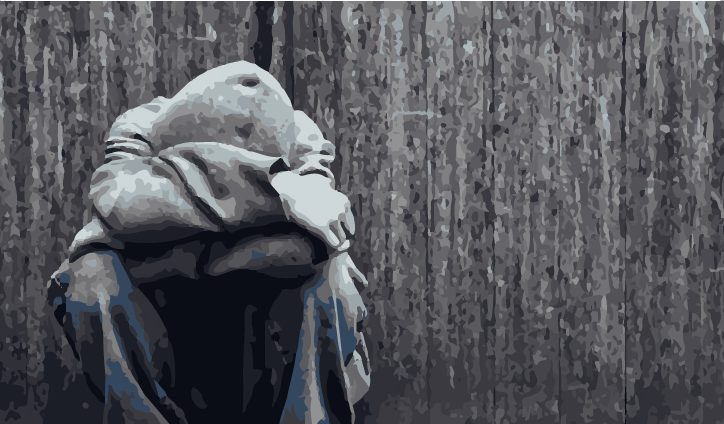Giving kids a reason to go home
Recent articles have highlighted the consequences of applying punitive responses to children who are using violence in the home. But the CIJ’s research shows that answers to aberrant behaviour by young people do not lie in more punishment, more policing, further vilification. They lie in more support, recognition and safety.
By Elena Campbell, Associate Director, Research Advocacy and Policy and Jessica Richter, Project Coordinator
Recent articles by Clementine Ford and Miki Perkins have highlighted the consequences of applying punitive responses to children using violence in the home. Ford’s piece on mandatory sentencing reported how parents subjected to violence by children will not seek help where it may criminalise their child. Recent Monash research profiled in Perkins’ piece confirms how commonly children who are violent at home have been exposed to family violence themselves, and also experience complex disability linked to trauma.
The CIJ’s own research on the system response to this issue also confirms that the current use of intervention orders and criminal prosecution – a response designed for adult intimate partner violence– is often a blunt and ineffective tool when imposed upon children. This is without mandatory sentencing added into the mix. In fact, we are finding that it often does more harm than good – deterring families from seeking further help and/or propelling children into homelessness and criminalisation when they do. Alarmingly, our research shows that a proactive response to family violence, though welcome in adult cases, can also result in punitive responses to children with significant disabilities, with desperate families horrified by the consequences when all they wanted was for everyone to be safe.
In yet another way, therefore, we’re reminded that we cannot impose punitive responses on children and expect them to work. Further, that we owe a special duty of care to children – people who are vulnerable and have no control over their own circumstances; people who experience all the harms about which we lament as a society, yet remain invisible to associated investment and support.
This is crucial to remember in all our decisions, all our lawmaking and enforcement, about children and young people. This includes recently proposed legislation with punitive sanctions that could jail children for associating with people who have criminal convictions. Existing research, including our own, confirms that young people spending time on the street and/or couch surfing with friends are often doing so simply because it is not safe for them to go home. What may look like a simple choice to associate with a particular group for fun, therefore, may actually be about survival.
Some homeless young people may have been excluded from home – by a parent, police or court– for replaying the violence that they have seen used as a child, or an inability to regulate behaviour because of the impacts of trauma on their early development. Meanwhile, a dearth of appropriate crisis accommodation may mean that children can wind up being placed with a separated parent who may be the very person from whom they first learned to use violence. In this way children can be excluded from the place at which they pose a risk to others only to be sent to live where their own safety is in doubt.
The question for Victorians is: what choice do we think young people really have in these cases? Is it really a ‘choice’ to resort to the street, or to peers, when the alternative is further victimisation? If big brother is the safest option, but big brother associates with dubious mates, should we really expect a 15 year old just to return to an alcohol fuelled Dad? Even if violence is not a feature at home, but other factors are driving kids together, is our best option really to propel kids into the justice system and thereby school new recruits in crime?
Society has always found it easy to name and punish wrongdoing played out in public. Currently we seem to find it particularly easy to do this where young people are concerned – grandstanding as if children have the same power as those making decisions about them – as if we are brave to ‘get tough’ against a random assortment of voiceless, marginalised and often at-risk kids.
Tragically we find it less compelling – even after all the welcome investment into responses to adult family violence – to invest in responses to the wrongdoing that young people are experiencing every day, but behind closed doors. Equally it seems less interesting to invest in supports for families who may be struggling with intergenerational trauma, or manifestations of disability, invisible in their homes.
The CIJ’s PIPA Project, and a growing body of evidence, shows that children remain the forgotten victims of family violence, and neglected targets of our policy response. Further, it shows that family violence may not be the only reason that kids are on the street, but it’s certainly a significant one.
The answers to aberrant behaviour by young people, therefore, do not lie in more punishment, more policing, nor in further vilification. They lie in more support, recognition and safety.
In giving kids a reason to go home.
